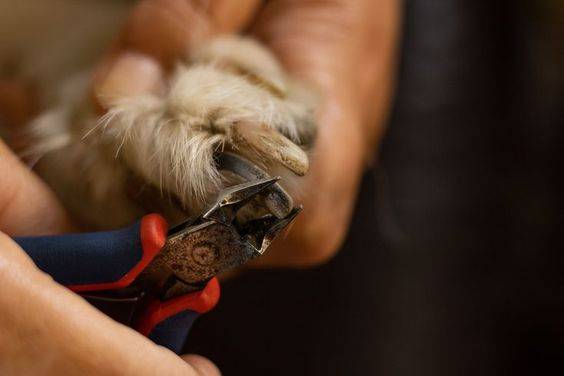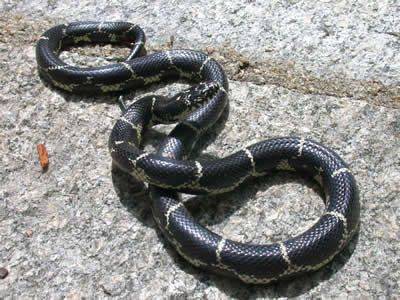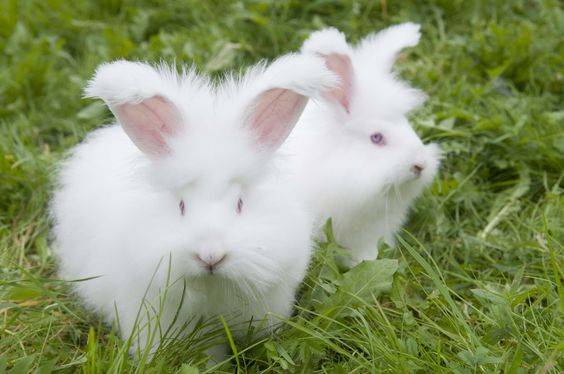Bull snakes (Pituophis catenifer sayi) are one of the most fascinating and misunderstood creatures in the reptile world. Known for their impressive size and distinctive patterns, these non-venomous snakes play a crucial role in their ecosystems by controlling rodent populations. This comprehensive guide delves into the captivating world of bull snakes, covering everything from their natural habitat and behavior to tips for keeping them as pets.
Introduction to Bull Snakes
Bull snakes, also known as gopher snakes, belong to the family Colubridae. They are primarily found in North America, with their range extending from Canada to Mexico. These snakes are often mistaken for rattlesnakes due to their similar coloration and defensive behaviors, but they are entirely harmless to humans. Bull snakes are known for their robust build, with adults typically reaching lengths of 4 to 6 feet, although some individuals can grow up to 8 feet long.
Physical Characteristics
Bull snakes are easily recognizable by their distinctive markings and coloration. They typically have a yellow or cream base color with dark brown or black blotches running down their back. These blotches become more numerous and closely spaced towards the tail. The head of a bull snake is slightly pointed, and they have a distinctive pattern of lines running from their eyes to the jaw.
Habitat and Range
Bull snakes are highly adaptable and can thrive in a variety of habitats. They are commonly found in prairies, grasslands, agricultural fields, and open woodlands. These snakes prefer dry, sandy soils where they can easily burrow, but they are also known to inhabit rocky areas and forests. Bull snakes are excellent climbers and swimmers, which allows them to exploit a wide range of environments.
Diet and Hunting Behavior
Bull snakes are constrictors, meaning they subdue their prey by coiling around it and suffocating it before consumption. Their hunting behavior is highly efficient, and they play a vital role in controlling rodent populations, making them beneficial to farmers and gardeners.
Behavior and Temperament
Bull snakes are generally solitary creatures and are most active during the day (diurnal). However, in extremely hot climates, they may become nocturnal to avoid the heat. Despite these intimidating displays, bull snakes are non-venomous and pose no real threat to humans.
Reproduction and Lifespan
Males engage in combat to compete for females, and the victorious male will mate with the female. Females lay between 5 to 24 eggs in early summer, in burrows or other secluded locations. The eggs hatch after about 60 to 75 days, with the young snakes being fully independent at birth.
Bull Snakes as Pets
Bull snakes can make excellent pets for experienced reptile enthusiasts. They are relatively low-maintenance compared to other snake species and can be quite docile if handled regularly. However, potential owners should be aware of their large size and active nature, which requires a spacious enclosure and a secure habitat to prevent escapes.
Housing
A single adult bull snake requires a terrarium of at least 4 feet in length, 2 feet in width, and 2 feet in height. The substrate can be aspen shavings, cypress mulch, or reptile carpet, providing a comfortable and safe environment for the snake. Hiding spots, such as rocks and logs, are essential to make the snake feel secure.
Temperature and Humidity
Bull snakes require a temperature gradient within their enclosure, with a basking spot of 85-90°F and a cooler side of 75-80°F. Humidity levels should be kept between 40-60%, which can be maintained by misting the enclosure and providing a water dish large enough for soaking.
Feeding
In captivity, bull snakes can be fed a diet of appropriately sized rodents, such as mice or rats. Young snakes should be fed every 5-7 days, while adults can be fed every 10-14 days. It is important to provide fresh water at all times and to monitor the snake’s health and weight regularly.
Handling
Regular handling can help bull snakes become more accustomed to human interaction and reduce stress. It is best to handle them gently and confidently, supporting their entire body to avoid injury. Handling should be limited to a few minutes at a time, especially for younger snakes.
Common Health Issues
Bull snakes are generally hardy, but they can be susceptible to certain health issues. Respiratory infections, mites, and skin infections are common problems that can be prevented with proper husbandry. Regular veterinary check-ups and maintaining a clean and well-regulated environment are crucial for the health of your pet bull snake.
Conservation Status
Bull snakes are not currently listed as endangered, but their populations are affected by habitat destruction, road mortality, and persecution due to mistaken identity as venomous snakes. Conservation efforts focus on educating the public about the ecological benefits of bull snakes and promoting habitat preservation.
Inference
Bull snakes are remarkable creatures that deserve respect and appreciation for their role in nature. Whether you encounter them in the wild or keep them as pets, understanding their behavior, habitat, and needs is essential. By learning more about bull snakes, we can better appreciate their importance in our ecosystems and contribute to their conservation.
If you’re considering a bull snake as a pet, ensure you are prepared for the responsibility and commitment it entails. With proper care and attention, these snakes can be rewarding and fascinating companions. Whether in the wild or in captivity, bull snakes continue to captivate and educate those who take the time to learn about them.







